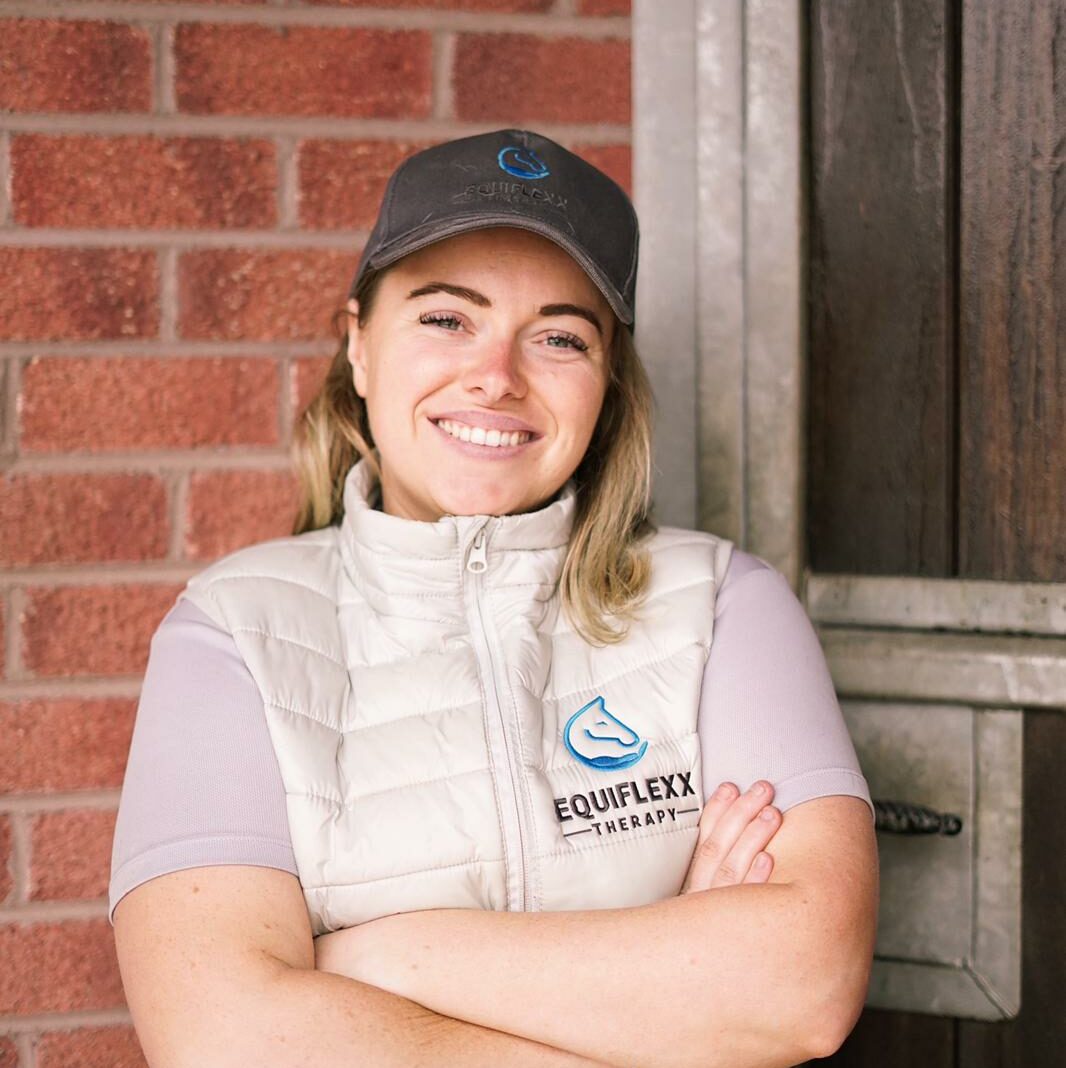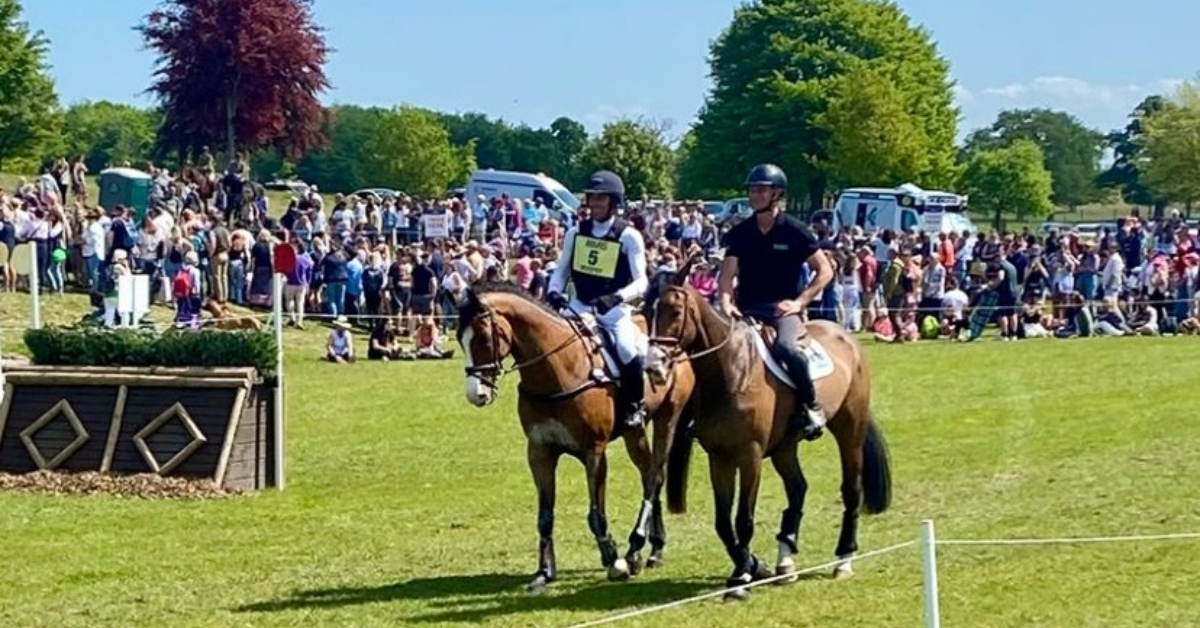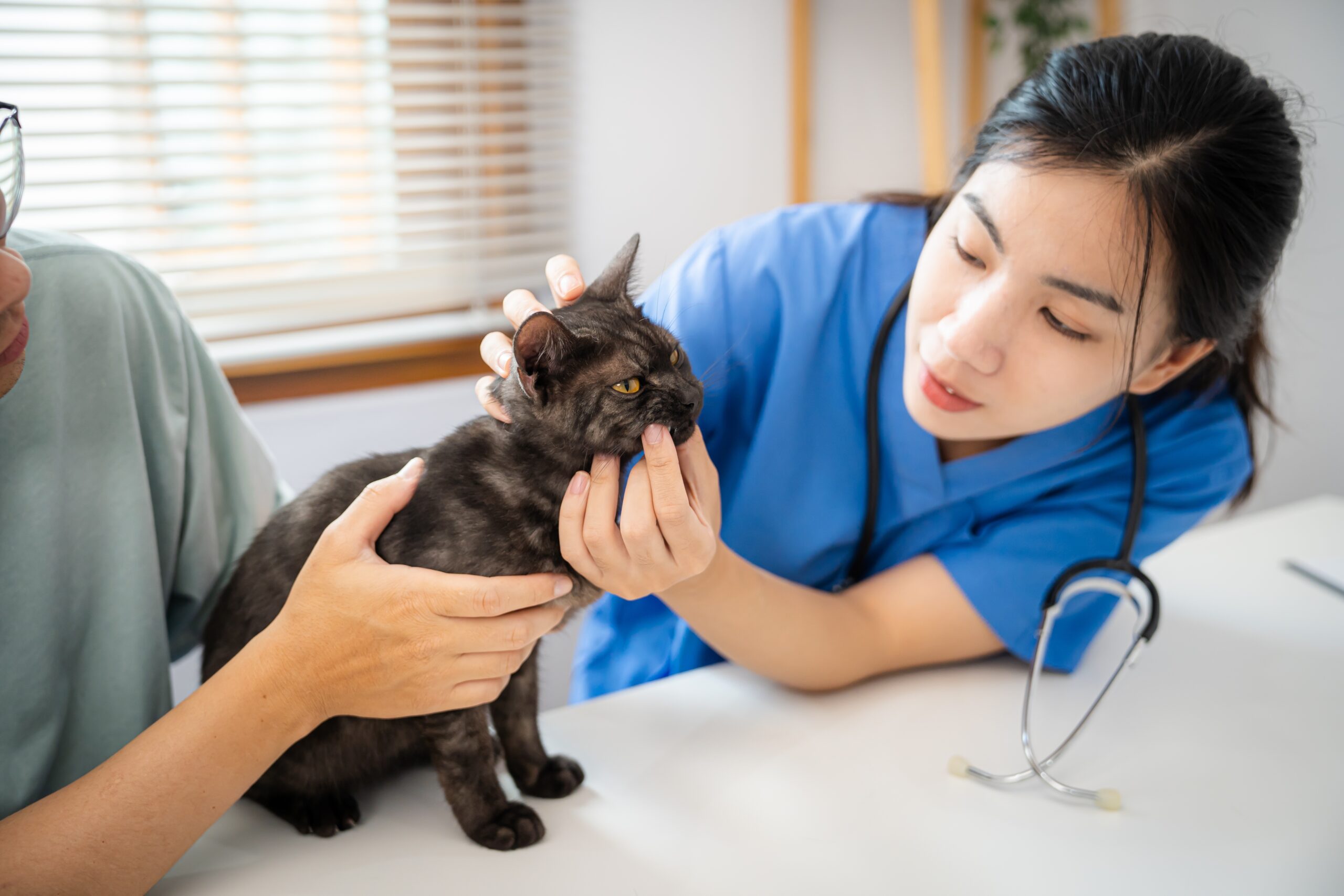With every stride a horse takes in canter or gallop it takes one breath. Both systems work in perfect unison, this is called respiratory-locomotor coupling. Horses breathe through their nasal cavity and not through their mouth. When running in a race a horse will consume about 40 litres of air PER SECOND. They must breathe in and out 140 times per minute during a race and this all must happen through the nose! Think about that the next time you are watching a race.
Imagine the horse in full gallop. Their whole body acts similar to a piston in an engine, inhaling air into the lungs as the head raises and exhaling as the head is lowered. This is the most energy and time-efficient way of moving vast amounts of air in and out of the lungs during strenuous work. Similar to Showjumping, the horse holds in a breath in the suspension phase of the jump and does not take a breath at all in between a double or combination fence…think about a six bar competition! We can sometimes hear the horse grunting to hold its breath and expelling that air on the landing side of a fence.
The External Intercostal muscles and the External Abdominal Oblique muscles are responsible for aiding in respiration. However, sometimes these muscles, like every other muscle in the body can fall victim to tension or injury. In high impact traumas where the ribs are broken or fractured, often the muscle surrounding the ribs are forgotten about in the rehab process. In Therapy, a horse may snort, blow or even cough continuously when I am performing tissue stretches along the abdominal muscles, all positive signs of release in this area of the body.
To optimize your horse’s respiratory efficiency here are some tips that I would recommend:


Share
Your subscription is 100% Free for our first year, No credit card details required.

The Judging Concerns That Keep Coming Back — And Why They Can’t Be Ignored Anymore We didn’t make it to

There are few sporting events that live up to the hype. Wimbledon? Too many strawberries. Cheltenham? Too many suits. But

British Veterinary Association publishes full response to Competition and Markets Authority’s proposed remedies for veterinary market for household pets. The